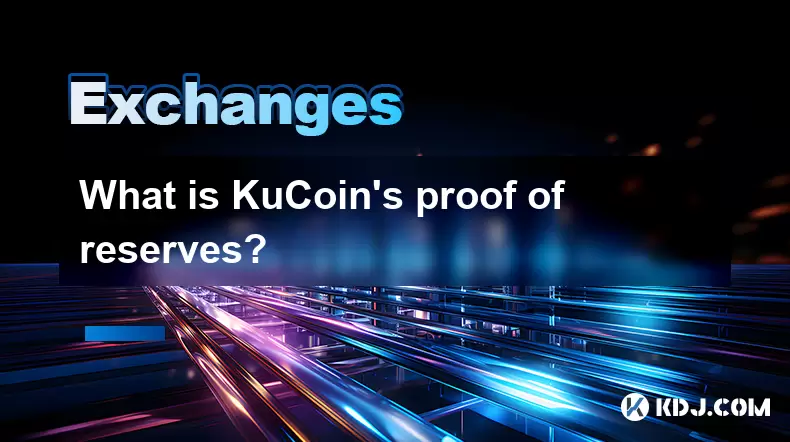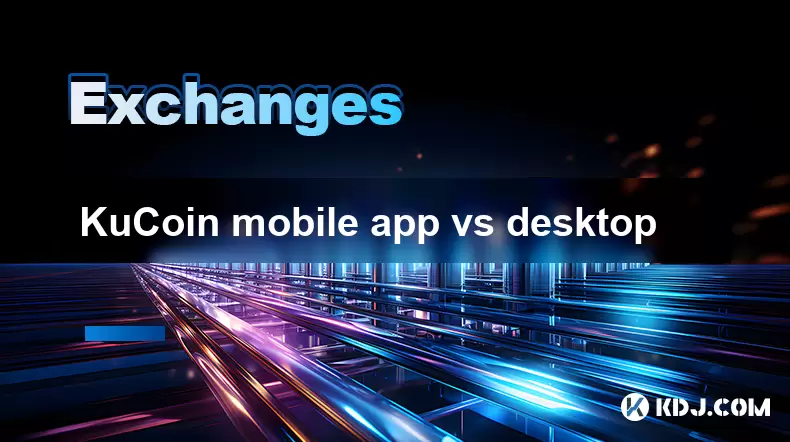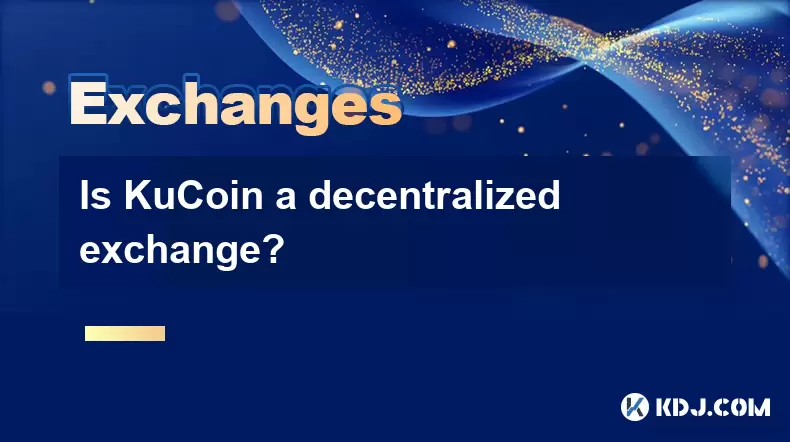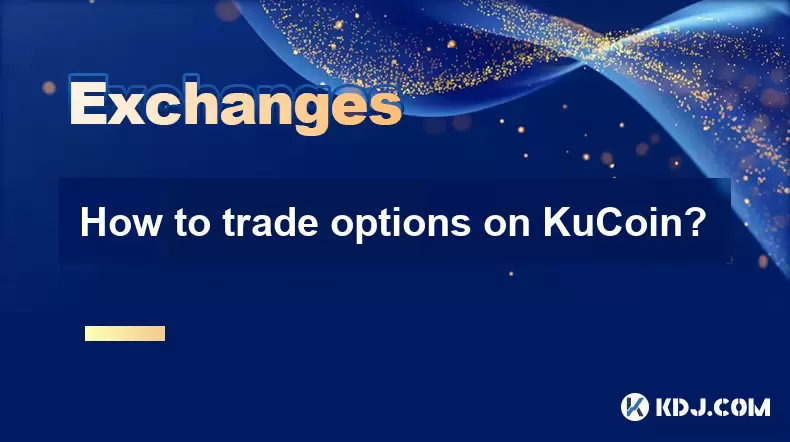-
 Bitcoin
Bitcoin $119100
-0.65% -
 Ethereum
Ethereum $3642
-2.73% -
 XRP
XRP $3.223
-8.59% -
 Tether USDt
Tether USDt $1.000
0.00% -
 BNB
BNB $782.1
-2.51% -
 Solana
Solana $190.7
-6.75% -
 USDC
USDC $0.0000
0.01% -
 Dogecoin
Dogecoin $0.2443
-9.02% -
 TRON
TRON $0.3105
-1.81% -
 Cardano
Cardano $0.8239
-8.01% -
 Hyperliquid
Hyperliquid $44.11
-3.22% -
 Stellar
Stellar $0.4351
-7.09% -
 Sui
Sui $3.780
-5.18% -
 Chainlink
Chainlink $18.36
-6.64% -
 Hedera
Hedera $0.2482
-8.77% -
 Bitcoin Cash
Bitcoin Cash $515.6
-1.64% -
 Avalanche
Avalanche $24.13
-6.38% -
 Litecoin
Litecoin $113.4
-4.68% -
 UNUS SED LEO
UNUS SED LEO $8.968
-0.15% -
 Shiba Inu
Shiba Inu $0.00001398
-8.72% -
 Toncoin
Toncoin $3.219
-3.06% -
 Ethena USDe
Ethena USDe $1.001
0.00% -
 Polkadot
Polkadot $4.161
-7.64% -
 Uniswap
Uniswap $10.25
-4.46% -
 Monero
Monero $316.5
-2.45% -
 Bitget Token
Bitget Token $4.738
-2.23% -
 Pepe
Pepe $0.00001289
-8.33% -
 Dai
Dai $0.0000
0.01% -
 Aave
Aave $292.4
-5.53% -
 Bittensor
Bittensor $430.7
-4.03%
What is KuCoin's proof of reserves?
KuCoin uses Merkle Tree-based proof of reserves to transparently verify user funds without revealing private data.
Jul 23, 2025 at 08:49 pm

Understanding Proof of Reserves
Proof of reserves is a cryptographic method used by cryptocurrency exchanges to demonstrate that they hold sufficient funds to cover all user deposits. This mechanism helps build trust between the exchange and its users by proving solvency without revealing sensitive data. KuCoin, one of the leading cryptocurrency exchanges, has adopted this system to enhance transparency and security for its users.
The core idea behind proof of reserves is to show that the exchange has at least as many assets as liabilities. This is typically done using cryptographic techniques such as Merkle trees and zero-knowledge proofs, allowing the exchange to verify the total amount of user funds without disclosing individual balances.
How KuCoin Implements Proof of Reserves
KuCoin uses a Merkle Tree-based system to implement proof of reserves. This method aggregates user balances into a tree structure, where each leaf node represents an individual user's balance. These leaves are then combined into branch nodes, eventually forming a Merkle root, which represents the total user balance.
To ensure transparency, KuCoin publishes the Merkle root on-chain and provides users with a unique Merkle proof. This proof allows users to verify that their account balance is included in the total pool of assets held by the exchange. The process involves:
- Snapshotting user balances at a specific time.
- Hashing individual balances and building the Merkle Tree.
- Publishing the Merkle root on a public blockchain.
- Allowing users to verify their inclusion in the tree using their Merkle proof.
This process ensures that KuCoin holds enough reserves to cover all user deposits without revealing private information.
Why KuCoin Introduced Proof of Reserves
Following several high-profile exchange collapses in the crypto industry, user trust in centralized exchanges has declined. In response, KuCoin introduced proof of reserves to reassure users of its solvency and to comply with evolving regulatory expectations.
KuCoin’s proof of reserves initiative was also part of a broader movement among major exchanges to adopt more transparent practices. By allowing users to independently verify their balances, KuCoin aims to mitigate concerns about fractional reserve practices and potential insolvency risks.
Additionally, this system supports regulatory compliance efforts, as it provides an auditable trail of asset holdings that can be verified by third parties or authorities.
Step-by-Step Guide to Verifying Your Balance on KuCoin
If you are a KuCoin user, you can verify your balance inclusion in the proof of reserves audit. Here's how:
- Log into your KuCoin account and navigate to the Proof of Reserves section.
- Locate the latest audit snapshot date and ensure it matches the published Merkle root.
- Download your individual Merkle proof, which includes your account balance and the path to the root.
- Use a Merkle proof verification tool provided by KuCoin or third-party auditors.
- Input your public wallet address and the Merkle proof to confirm your balance is included in the total reserves.
This verification process is fully transparent and open-source, allowing any user to validate their inclusion in the reserves audit without exposing personal data.
Third-Party Audits and Transparency Reports
KuCoin collaborates with independent auditing firms to perform regular reviews of its proof of reserves system. These third-party audits help ensure the accuracy and integrity of the data published by the exchange.
Auditors typically perform the following tasks:
- Verify the snapshot data matches the on-chain balances.
- Cross-check the Merkle Tree structure for consistency.
- Publish detailed audit reports for public scrutiny.
- Assess the methodology used for proof of reserves implementation.
These reports are publicly accessible and provide insights into KuCoin’s financial health and reserve management practices. They also help identify any discrepancies or potential risks in the system.
Security and Privacy Considerations
While proof of reserves enhances transparency, it also raises important security and privacy questions. KuCoin has taken several steps to address these concerns:
- Zero-knowledge proofs are used to prevent the exposure of individual user balances during verification.
- Merkle proofs are generated in a way that ensures no personal data is leaked.
- Public keys are used instead of identifiable user information to maintain anonymity.
- Encrypted communication channels are employed to protect data during the audit process.
These measures ensure that users can verify their balances securely without compromising their privacy or exposing sensitive financial data.
Frequently Asked Questions
Q: Can I verify my balance if I don’t have technical expertise?
Yes, KuCoin provides a user-friendly interface for verifying your balance inclusion in the proof of reserves. You don’t need advanced technical skills to perform this check.
Q: How often does KuCoin conduct proof of reserves audits?
KuCoin performs monthly proof of reserves audits and publishes the results for public verification. These audits are also subject to periodic third-party reviews.
Q: Does proof of reserves guarantee that KuCoin won’t collapse?
While proof of reserves shows that KuCoin holds sufficient assets at the time of the audit, it does not guarantee long-term solvency. It is one of several tools used to assess the financial health of an exchange.
Q: Can I see the full list of assets included in the proof of reserves?
Yes, KuCoin publishes a detailed breakdown of supported assets and their corresponding reserves in each audit report. This information is available in the Proof of Reserves section of the platform.
Disclaimer:info@kdj.com
The information provided is not trading advice. kdj.com does not assume any responsibility for any investments made based on the information provided in this article. Cryptocurrencies are highly volatile and it is highly recommended that you invest with caution after thorough research!
If you believe that the content used on this website infringes your copyright, please contact us immediately (info@kdj.com) and we will delete it promptly.
- Bitcoin Cash (BCH) Price Forecast & Trends: What's the Buzz?
- 2025-07-24 08:50:12
- Public Companies and Ethereum: A $3.2 Billion Bet on the Future?
- 2025-07-24 09:10:12
- XRP, Safe Havens, and BTC Miners: Navigating Crypto's Latest Moves
- 2025-07-24 08:30:12
- XRP, SEC, and ETFs: A Crypto Rollercoaster
- 2025-07-24 09:10:12
- XRPChain Presale: Supercharging XRP with USDT Referrals
- 2025-07-24 08:35:12
- Ethena (ENA) Surge: Fee Rewards and the Future of Synthetic Dollars
- 2025-07-24 08:55:12
Related knowledge

KuCoin mobile app vs desktop
Jul 19,2025 at 08:35am
Overview of KuCoin Mobile App and Desktop PlatformThe KuCoin ecosystem offers both a mobile app and a desktop platform, each designed to cater to diff...

Is KuCoin a decentralized exchange?
Jul 18,2025 at 03:15pm
Understanding Decentralized Exchanges (DEXs)To determine whether KuCoin is a decentralized exchange, it's essential to first understand what defines a...

How to trade options on KuCoin?
Jul 19,2025 at 03:42am
Understanding Options Trading on KuCoinOptions trading on KuCoin allows users to speculate on the future price movements of cryptocurrencies without o...

What are KuCoin trading password rules?
Jul 20,2025 at 07:56am
Understanding the Purpose of a Trading Password on KuCoinOn KuCoin, a trading password serves as an additional layer of security beyond the standard l...

Who is the CEO of KuCoin?
Jul 20,2025 at 09:35am
Background of KuCoinKuCoin is one of the largest cryptocurrency exchanges globally, known for its diverse range of trading pairs and user-friendly int...

Where is KuCoin based?
Jul 22,2025 at 10:35pm
Understanding KuCoin's Global PresenceKuCoin is one of the most recognized names in the cryptocurrency exchange market, serving millions of users glob...

KuCoin mobile app vs desktop
Jul 19,2025 at 08:35am
Overview of KuCoin Mobile App and Desktop PlatformThe KuCoin ecosystem offers both a mobile app and a desktop platform, each designed to cater to diff...

Is KuCoin a decentralized exchange?
Jul 18,2025 at 03:15pm
Understanding Decentralized Exchanges (DEXs)To determine whether KuCoin is a decentralized exchange, it's essential to first understand what defines a...

How to trade options on KuCoin?
Jul 19,2025 at 03:42am
Understanding Options Trading on KuCoinOptions trading on KuCoin allows users to speculate on the future price movements of cryptocurrencies without o...

What are KuCoin trading password rules?
Jul 20,2025 at 07:56am
Understanding the Purpose of a Trading Password on KuCoinOn KuCoin, a trading password serves as an additional layer of security beyond the standard l...

Who is the CEO of KuCoin?
Jul 20,2025 at 09:35am
Background of KuCoinKuCoin is one of the largest cryptocurrency exchanges globally, known for its diverse range of trading pairs and user-friendly int...

Where is KuCoin based?
Jul 22,2025 at 10:35pm
Understanding KuCoin's Global PresenceKuCoin is one of the most recognized names in the cryptocurrency exchange market, serving millions of users glob...
See all articles

























































































